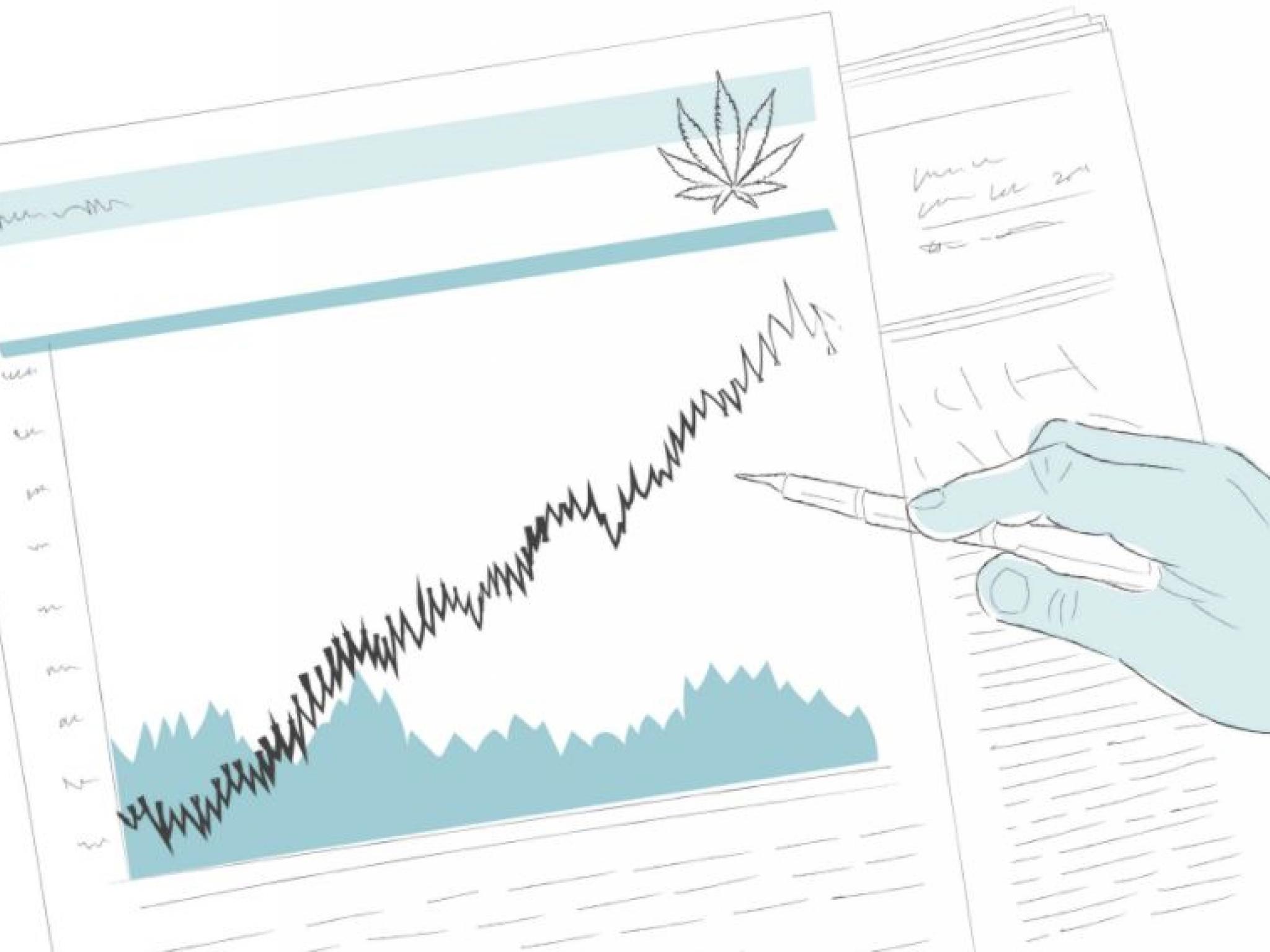
Global cannabis sales for 2022 will reach just over $35 billion, a jump of approximately 22% over 2021 sales of $29 billion, according to the last five-year rolling market forecast update, published by BDSA, a leading market research firm in the cannabis sector.
Though most legal cannabis markets saw sales soften in the second half of 2021, the global cannabis market is expected to see brisk growth in 2022, driven by strong sales in new and emerging markets in the U.S., steady growth in Canada, and international markets led by Mexico and Germany.
Sales of legal cannabis products, including cannabis-derived pharmaceuticals outside the U.S. and Canada were estimated by BDSA at $1.4 billion in spending for 2021 and are forecast to grow to $2.2 billion in 2022. International sales are expected to reach $9.5 billion by 2026, a CAGR of approximately 46% from 2021.
Moreover, the bulk of that new spending will be driven in part by Germany and Mexico. The question is: which of these is the international growth driver for cannabis in emerging markets? And, what is or will be the composition of international sales?
Cannabis Emerging Markets: Germany And Mexico
According to Jessica Lukas, chief commercial officer at BDSA, markets beyond the U.S. and Canada are largely medical-only, typically restrictive, and often focused on cannabinoid-derived pharmaceuticals.
“Mexico is establishing a more-typical medical market and appears to be on track to introduce adult-use cannabis in 2023. Germany is also moving in that direction, and given recent efforts, BDSA forecasts adult-use sales in Germany to begin in 2024,” Lukas said. She added that international cannabis markets to date have tended to vary widely from the type of regulated medical and adult-use markets seen in Canada and the United States.
“Most global markets for cannabis are prescription focused, whether for pharmaceutical cannabinoids or dried and other forms of cannabis, and these programs tend to be both high-cost and -effort for would-be-patients. Thus, it is not surprising that these factors are hampering growth,” Lukas explained.
While Germany’s limited medical cannabis market has been growing sluggishly, local authorities will regulate cannabis adult use.
With twice the population of California, a fully legal Germany could grow quickly.
BDSA forecasts adult-use sales beginning in 2024, with the nation expected to account for more than a third of total international (exclusive of the US and Canada) legal cannabis growth 2021-2026.
Mexico legalized medical cannabis in 2017 and, after many delays, published its first regulations on January 12, 2021.
The framework is expected to boost the nation’s medical cannabis market in the near term.
“There is an upcoming deadline for legislation on adult-use cannabis in April and BDSA currently forecasts sales beginning in 2023. With the growth in medical and the addition of adult-use, BDSA forecasts Mexico will account for just under a third of total international growth (excluding the US and Canada) between 2021 and 2026,” Lukas concluded.
Image By Ilona Szentivanyi.







